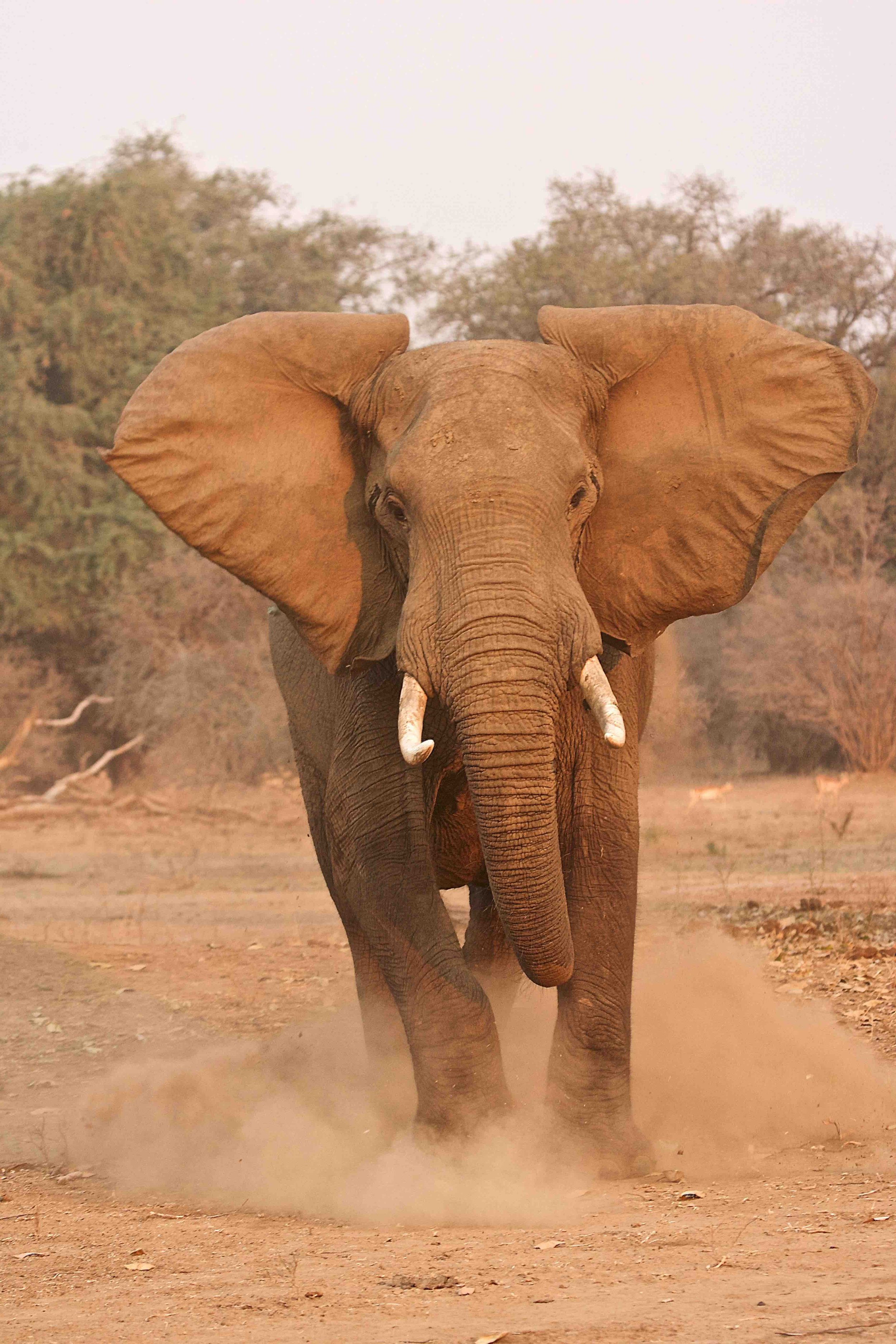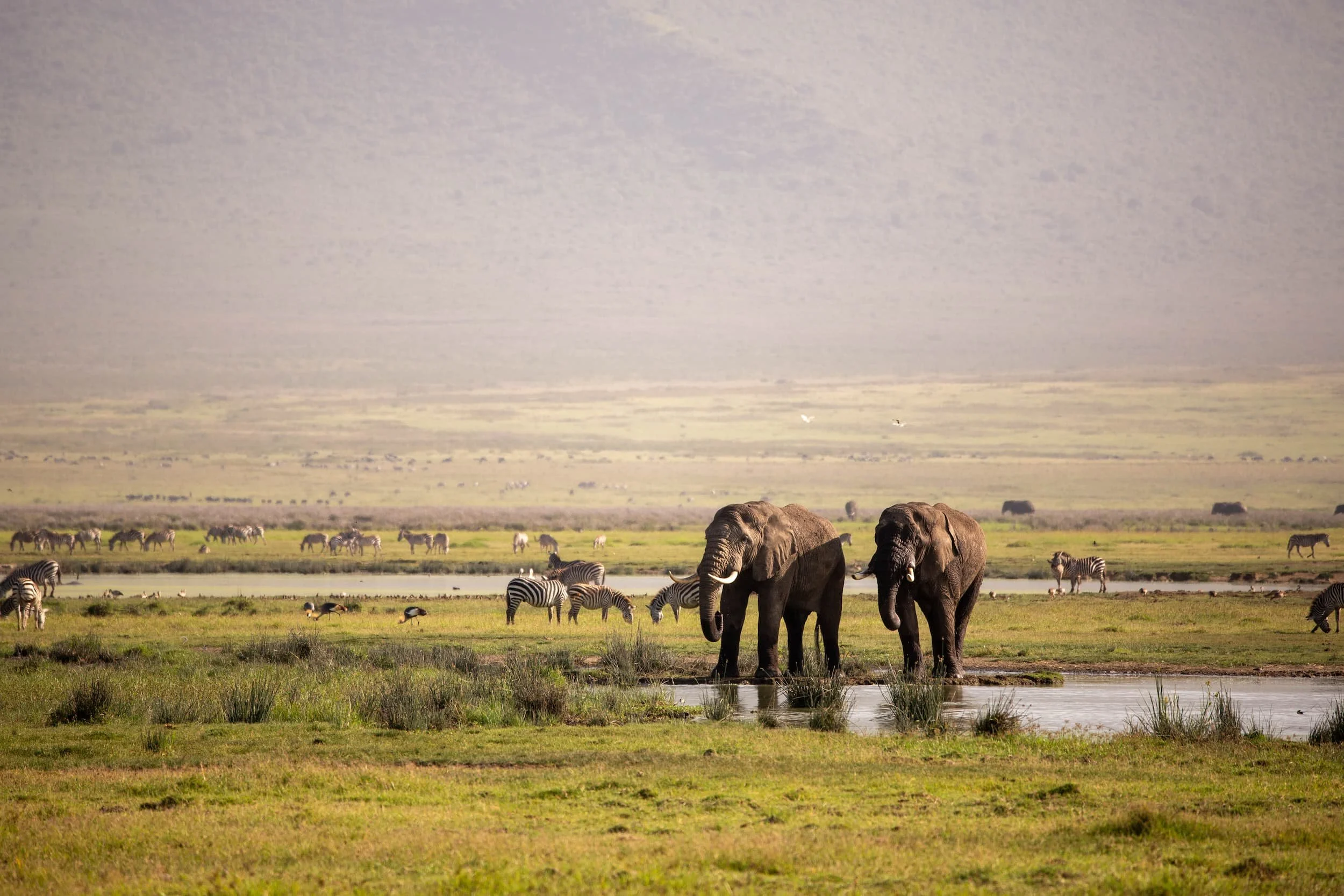
ELEPHANT CORRIDORS

Keeping pathways open for wildlife and communities.
For elephants, corridors are lifelines. They depend on their historical migration routes to reach seasonal food and water. As seed dispersers and natural water-bore builders, elephants sustain ecosystems that support invertebrates to apex predators. Corridors also connect distant herds, supporting social bonds and genetic diversity essential for their survival.
At Wild Survivors, we work at the intersection of human–elephant conflict, livelihoods, and habitat protection, ensuring that these pathways remain open through evidence, community leadership, and monitoring.
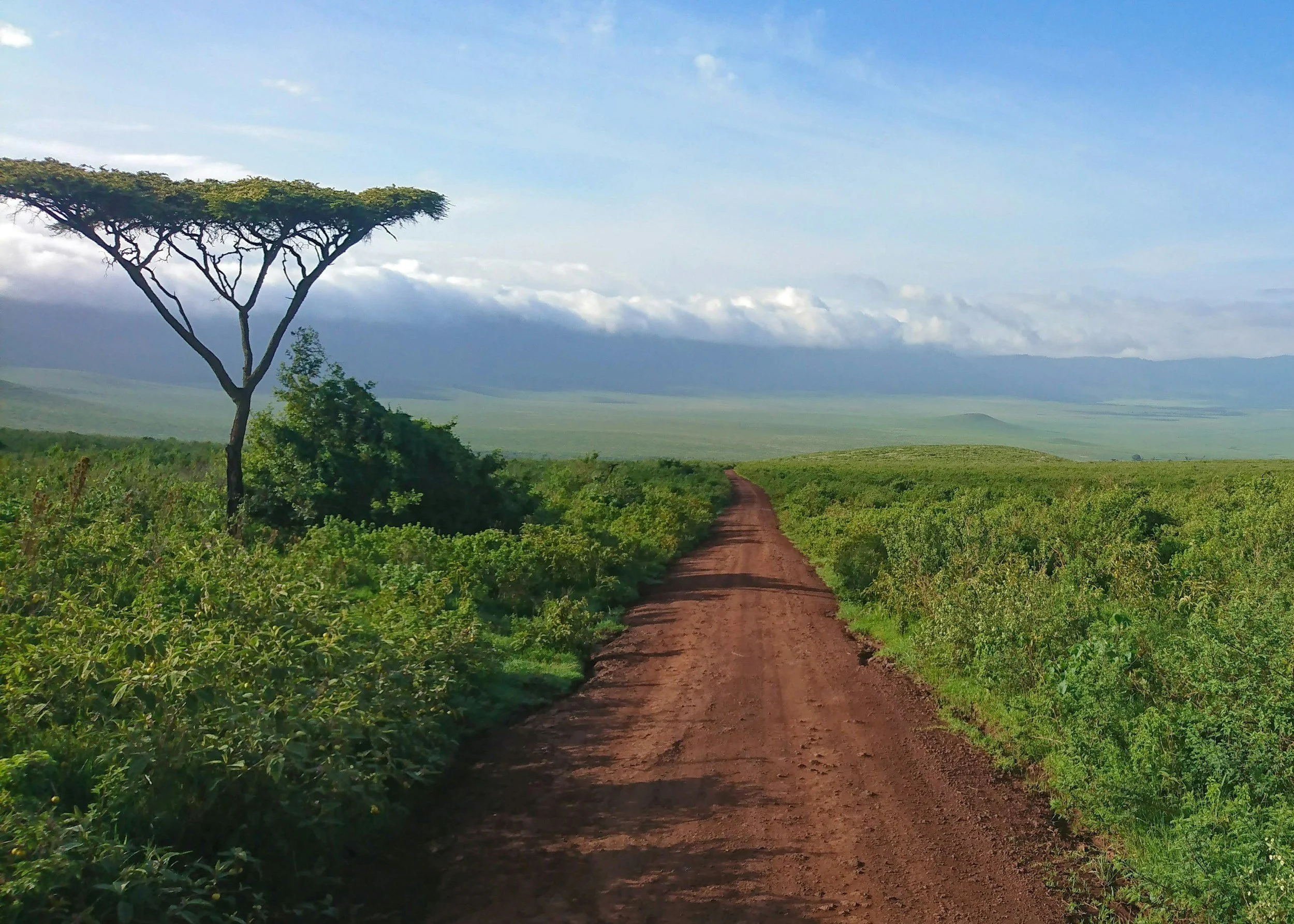
TANZANIA IS LEADING THE WAY IN BIODIVERSITY CONSERVATION
With around 38–40% of its land protected, it already surpasses the global 30% by 2030 target of the Kunming–Montreal Global Biodiversity Framework. Unlike many countries, most of Tanzania’s protected areas are unfenced, allowing elephants and other migratory species to move freely across landscapes.

Our Work in Action
NGORONGORO: UPPER KITETE CORRIDOR
A narrow but critical 3 km-wide, 10 km-long corridor connects the Ngorongoro highland forest to Selela salt lake, used nightly by over 1,000 elephants. We partner with PAMS Foundation, whose Elephant Guardians patrol the route to improve safety for both people and elephants.
Our outreach included household surveys with 40 families most at risk from crop-raiding. They described how they rely on the corridor for firewood, water, and medicinal plants, and emphasised the importance of protecting the corridor for future generations. From this initial outreach, the NARI Women’s Beekeeping Group was formed with 36 women living adjacent to the corridor. Today, a linear beehive fence prevents elephants from entering farmland and protects nearby schools, so students can travel safely.
Rukwa–Katavi: Katavi–Mahale & Loazi Corridors
This ecosystem is a vital stronghold for elephants and biodiversity, with the Katavi–Mahale corridor classified as Critical due to encroachment and habitat pressure. Here, Wild Survivors supports community-led coexistence projects alongside wildlife surveys and biodiversity assessments through the Biometrio project. This evidence is shaping conservation priorities and informing policies in the local area, ensuring that elephant corridors are integrated into land-use planning. By combining coexistence interventions with elephant monitoring, we are helping communities protect a landscape that connects Katavi to Mahale and, beyond, to Zambia.
OUR PROJECTS IN ACTION

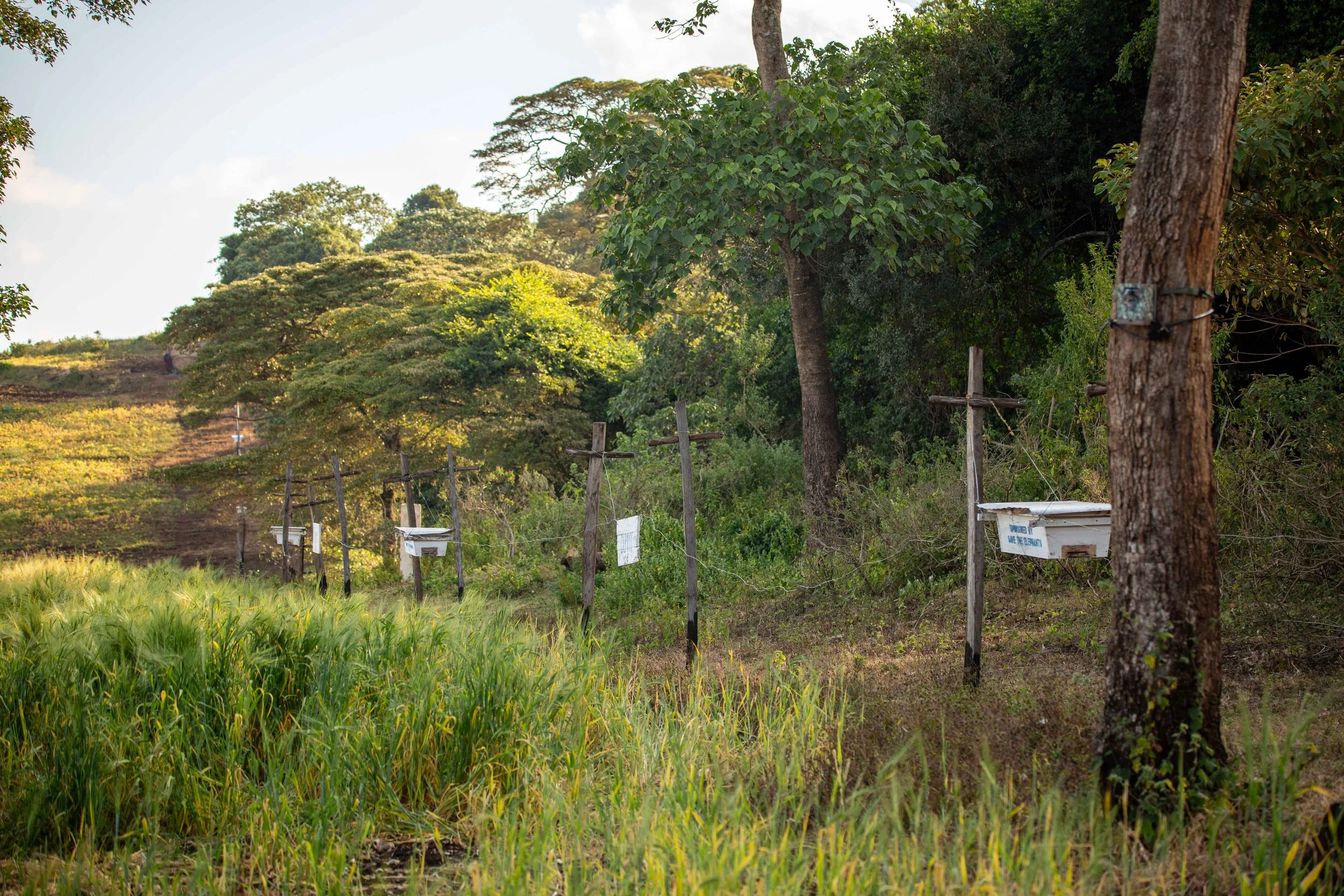
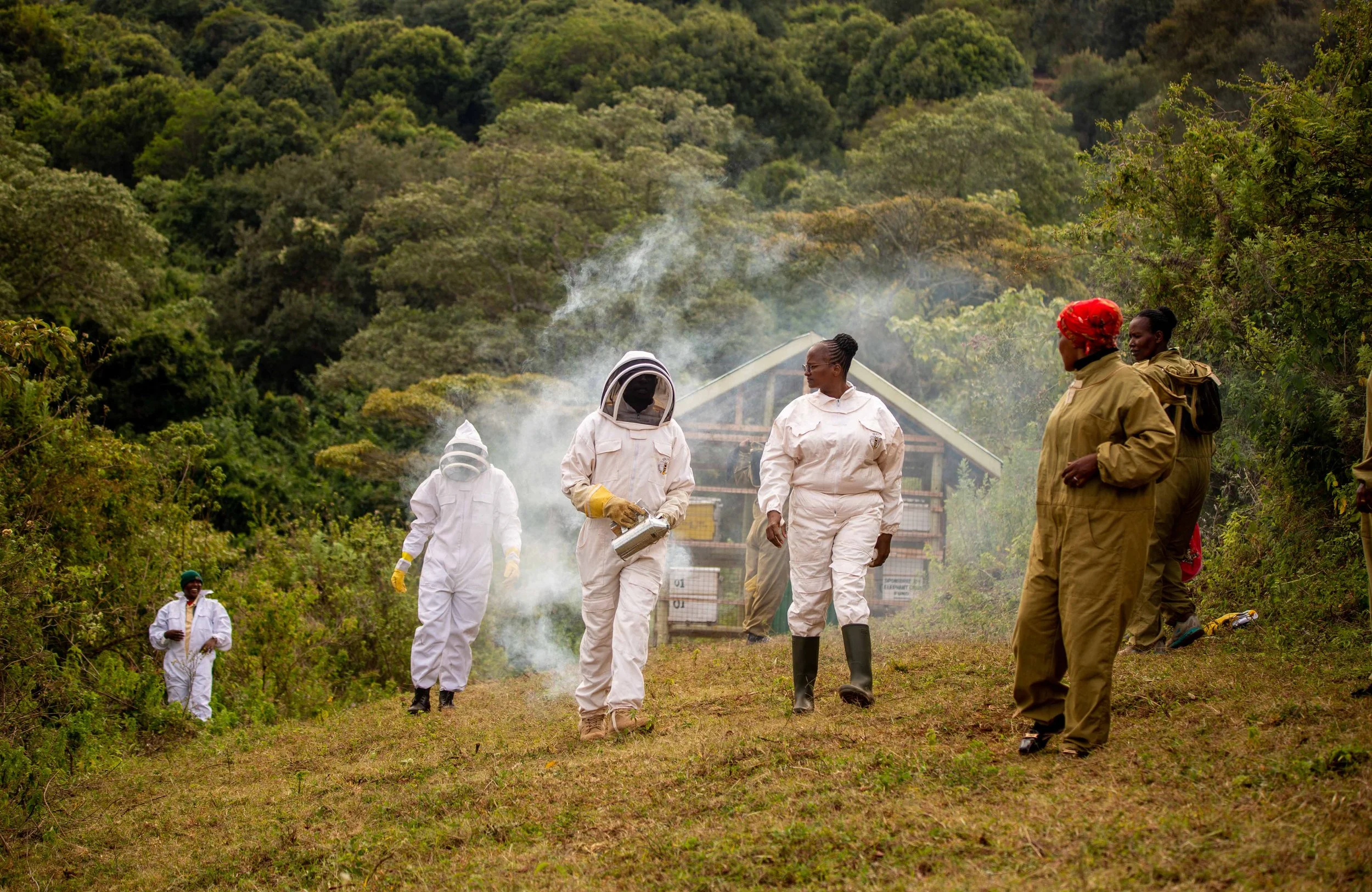
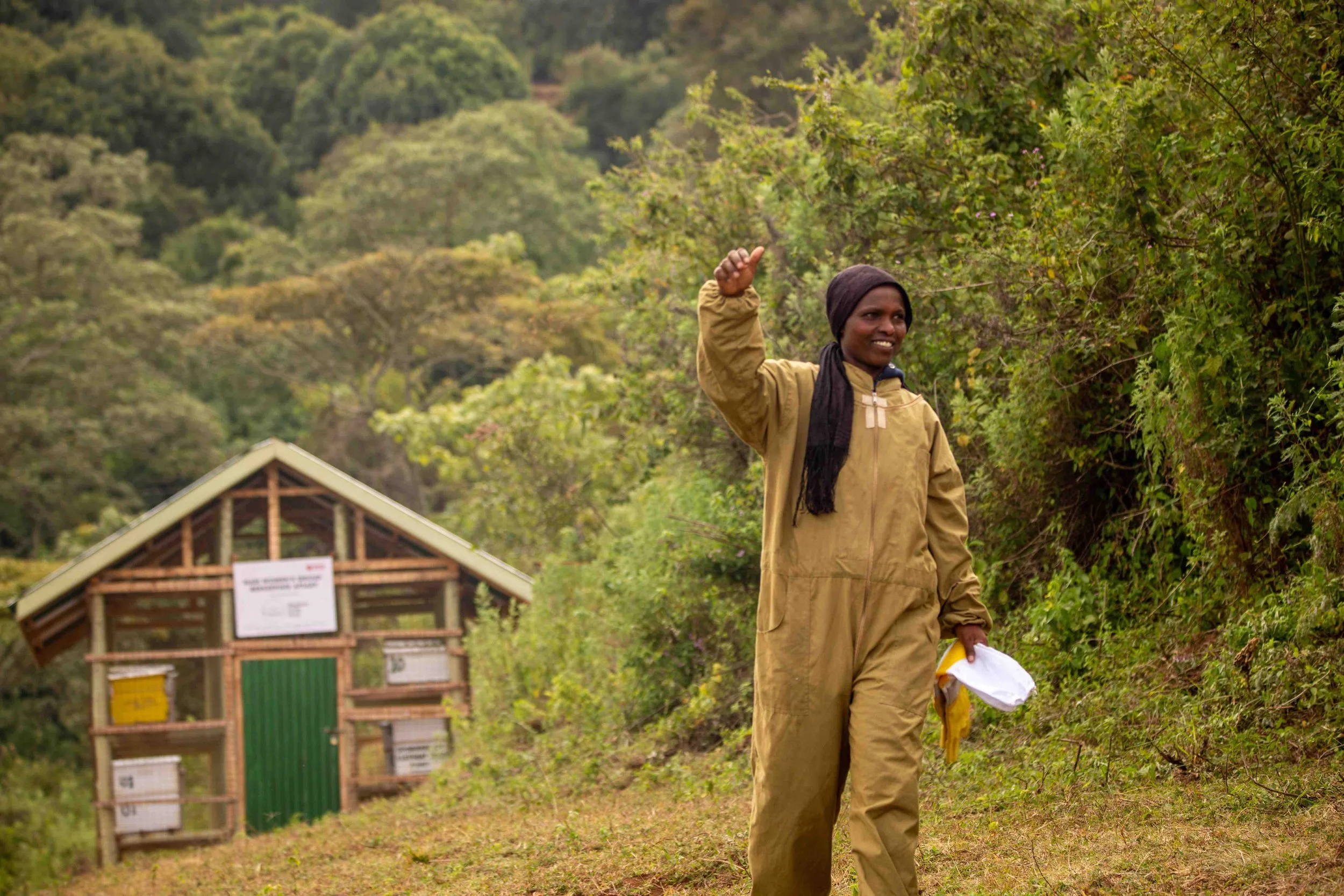
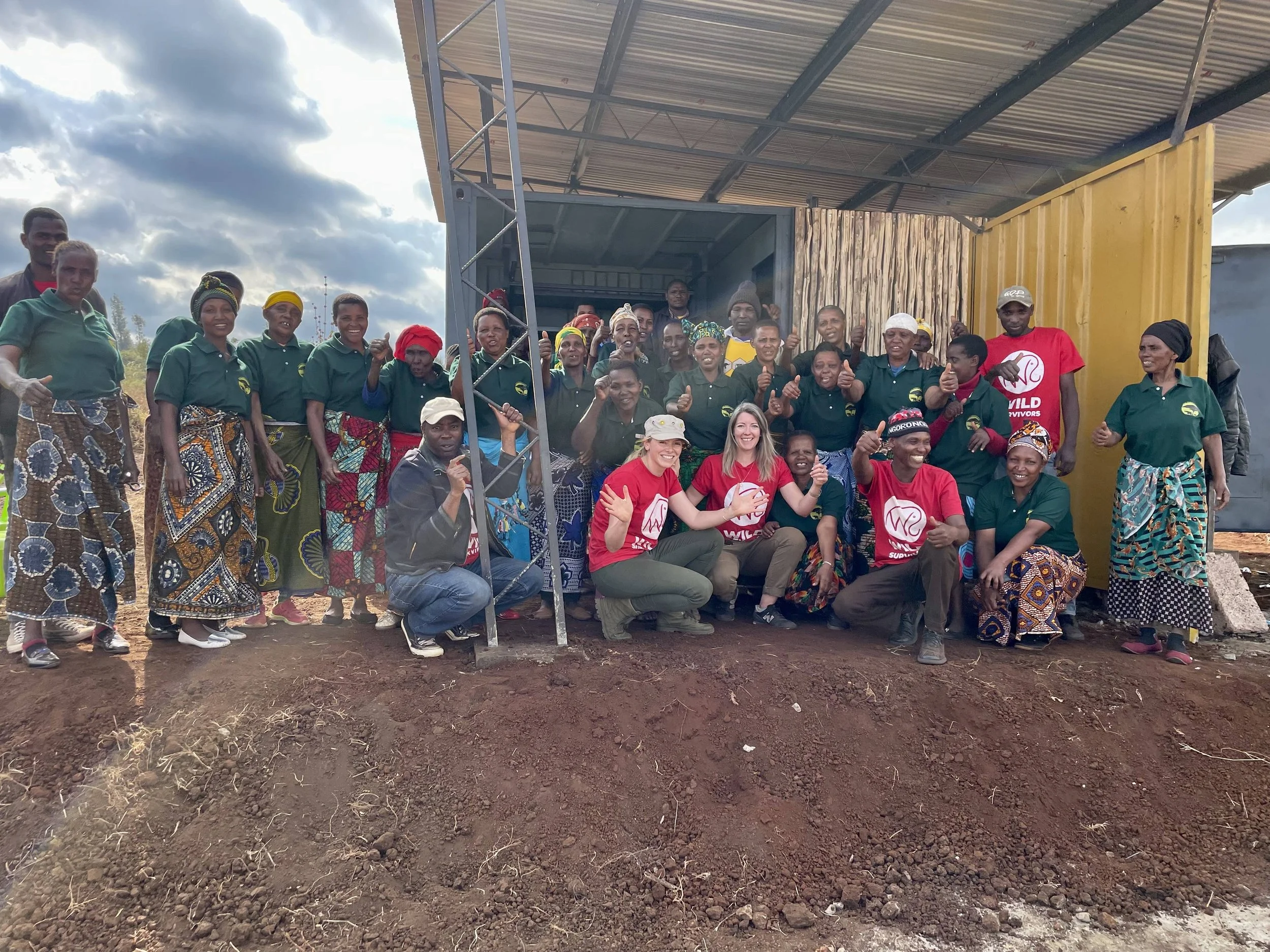

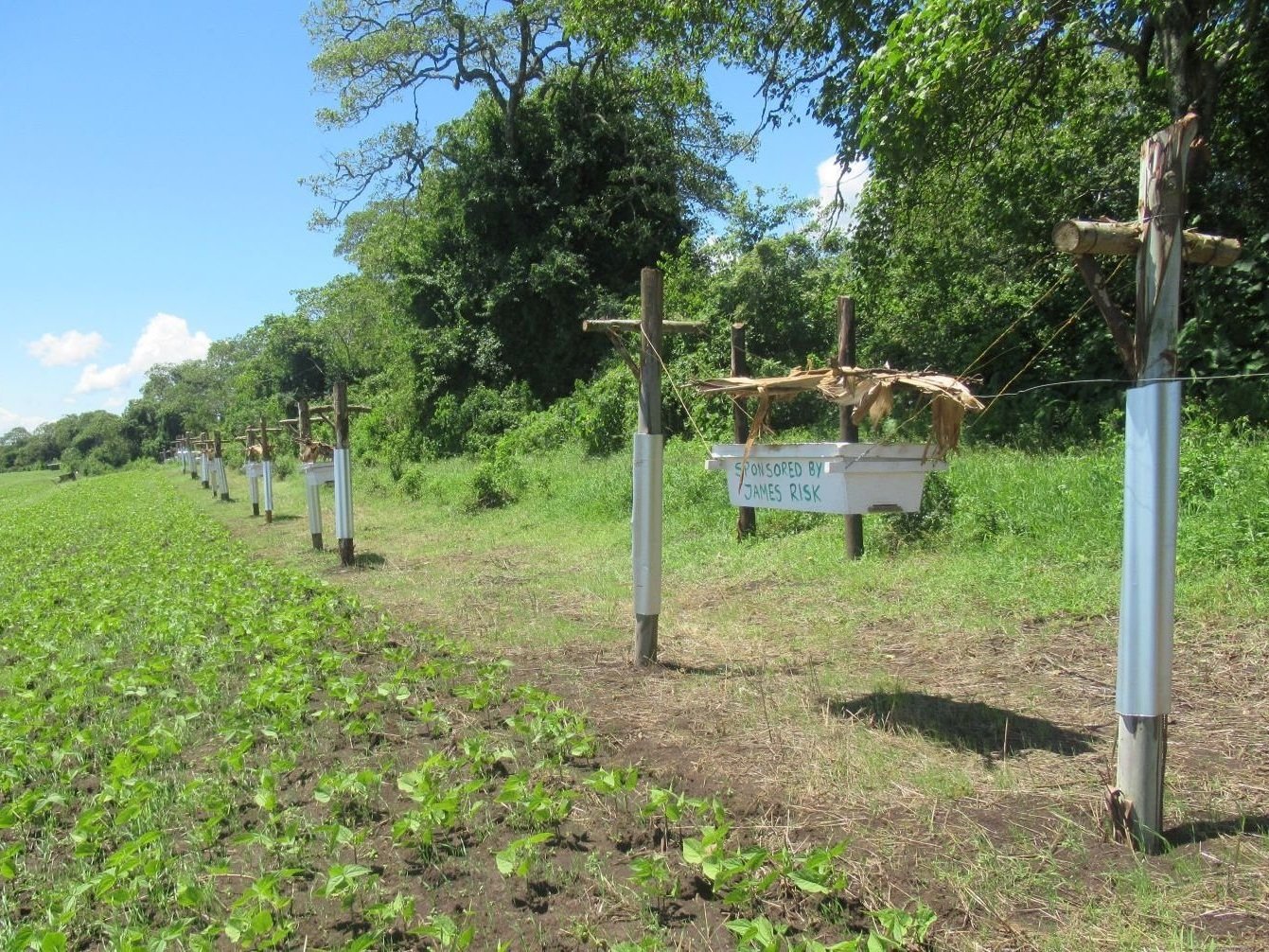
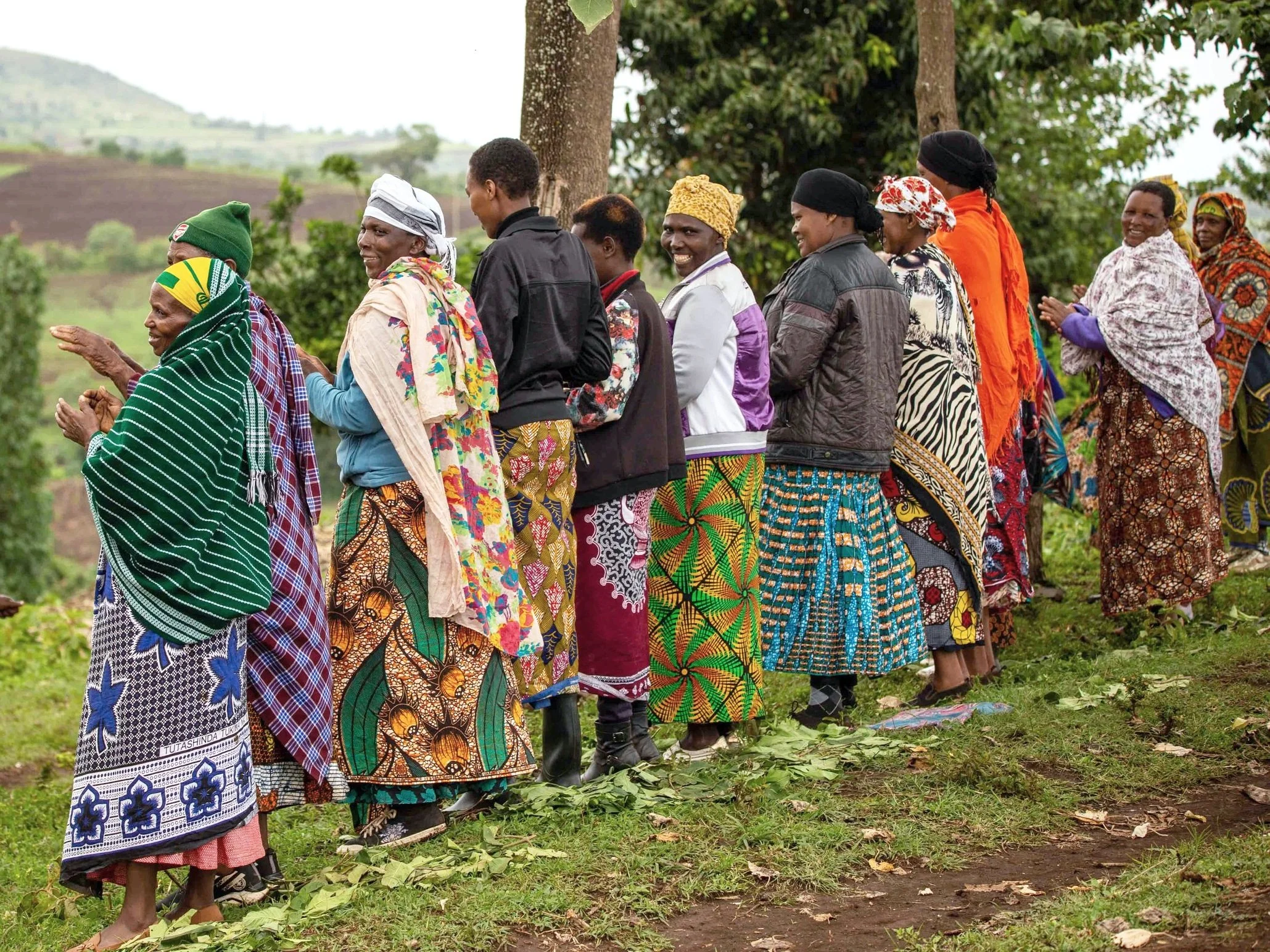
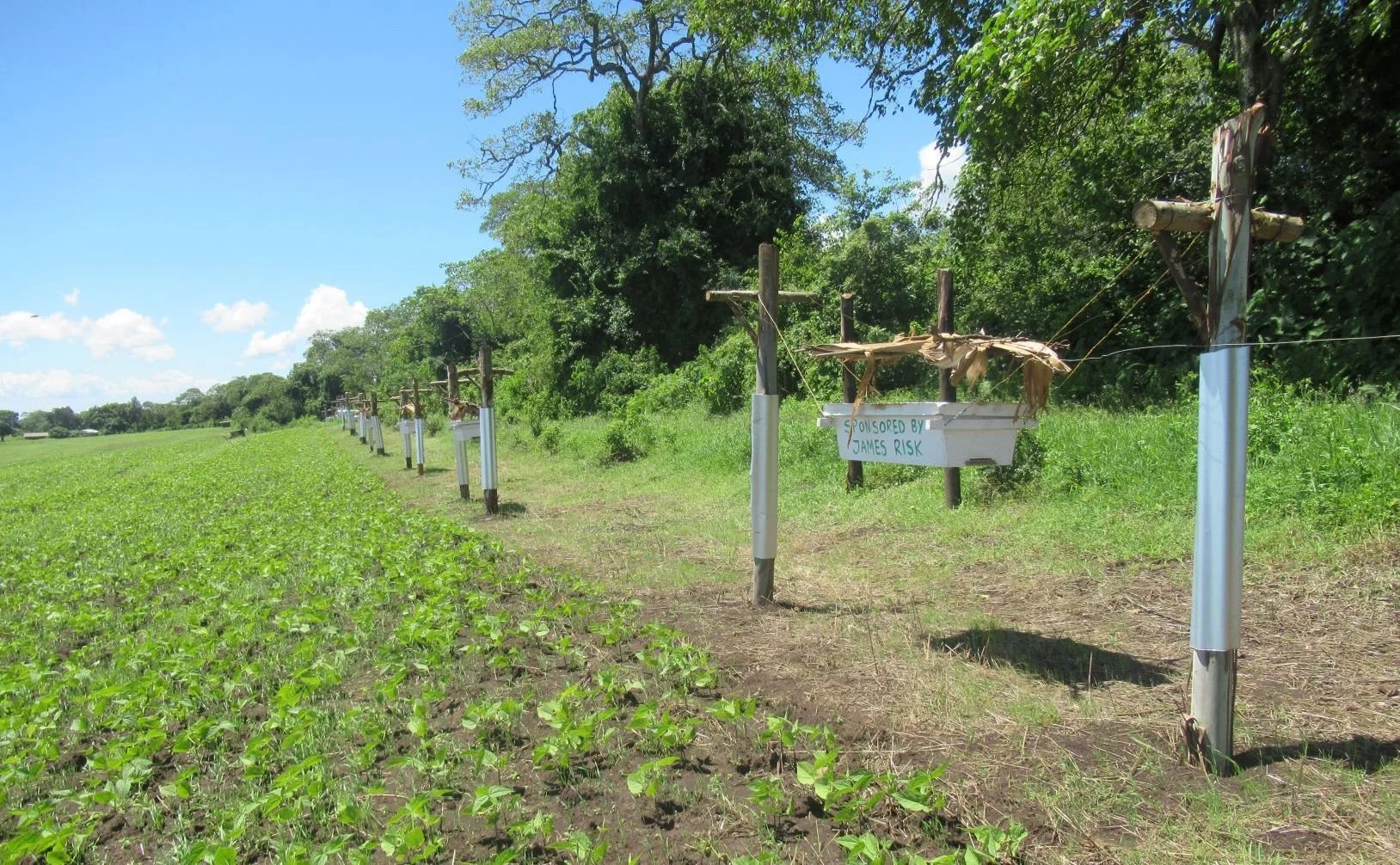
ELEPHANT CORRIDORS: FAQs
-
An elephant corridor is a landscape connection that links protected areas, forests, and seasonal ranges. It is not always a narrow track; often it is a broad dispersal area where elephants migrate to reach food, water, and other herds. In some cases, corridors are also used by people for commuting or accessing natural resources, making joint stewardship with communities and authorities essential to ensure sustainable use and reduce dangerous interactions.
-
Although Tanzania protects nearly 40% of its land, many corridors are threatened by agriculture, settlement, and development. Without open corridors, elephants risk isolation and conflict with people as they search for food and water outside parks.
-
Elephants act as ecosystem engineers. By moving through corridors, they disperse seeds, dig for water, and create clearings that maintain habitat diversity. These actions sustain everything from insects to apex predators, keeping ecosystems functioning.
-
Communities are the custodians of corridor land. Through stewardship agreements, land-use planning, and livelihood opportunities such as beekeeping and permaculture, corridors can remain both ecologically functional and socially beneficial.
-
Through a blend of mapping, passive deterrents, biodiversity monitoring, and training, we help communities and partners keep corridors open. Our work provides the evidence, capacity, and shared ownership needed to ensure these lifelines endure.










